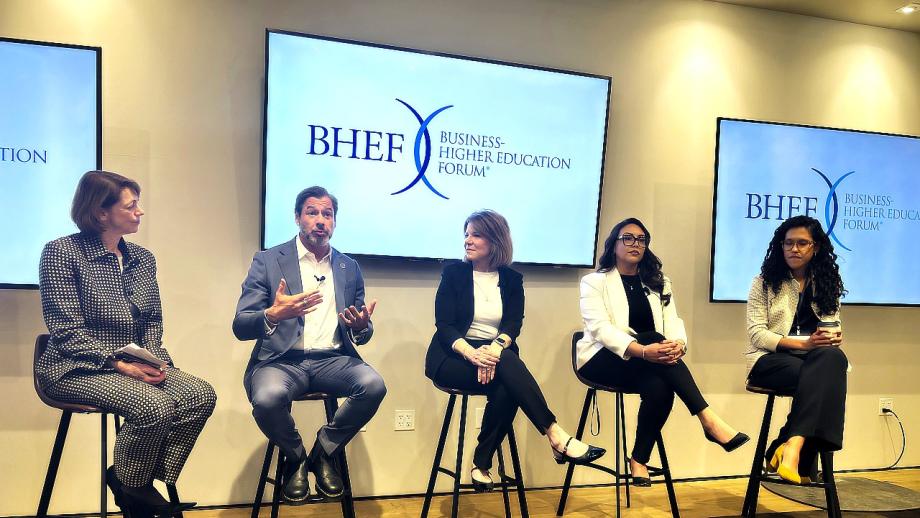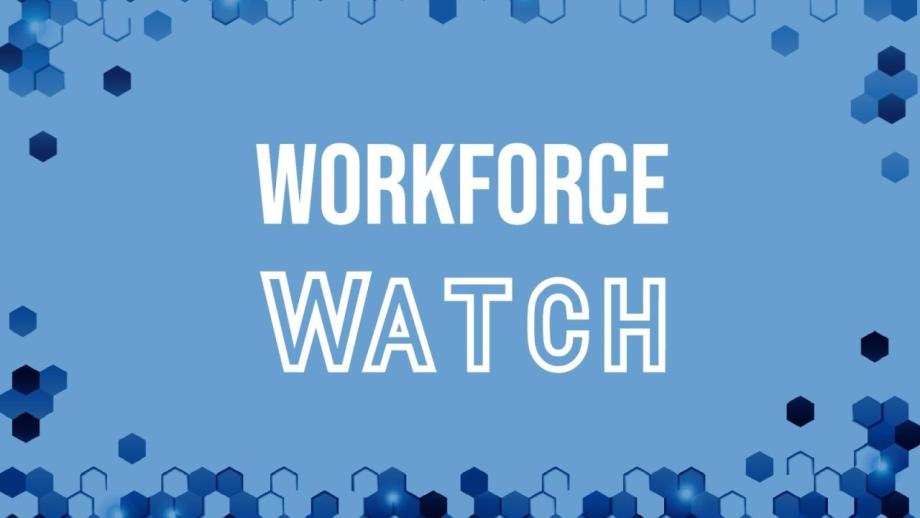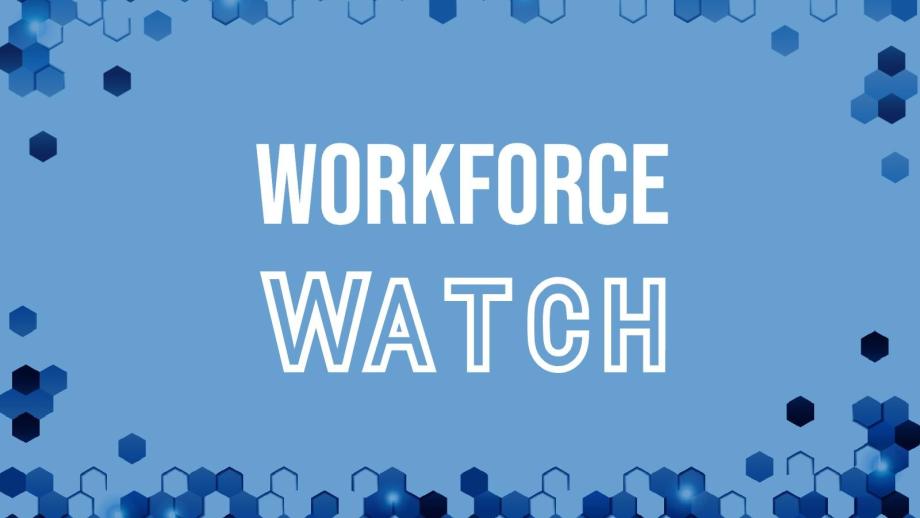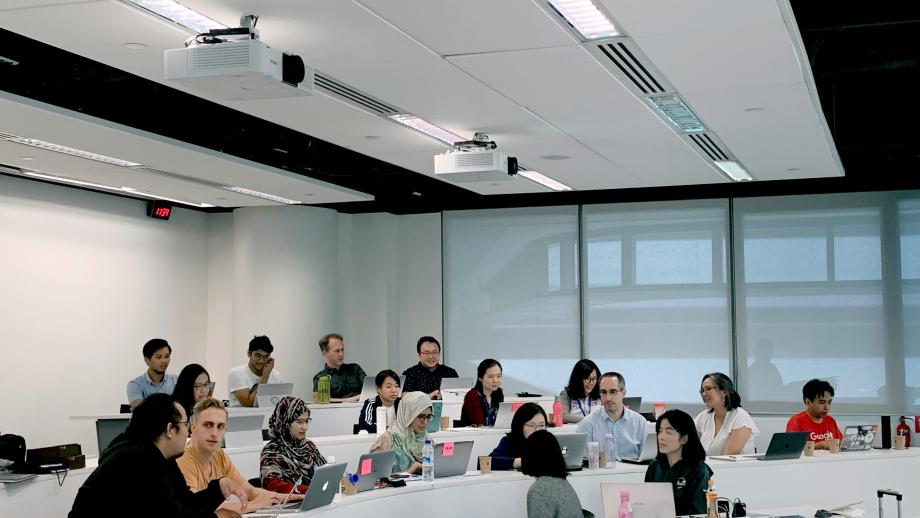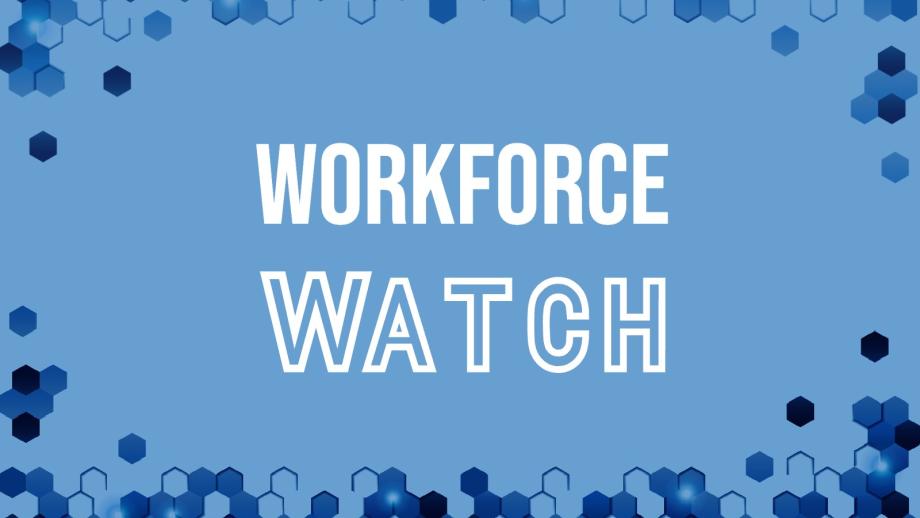It goes without saying that AI’s rapid evolution is reshaping the skills and occupations businesses seek. Nearly one in two business leaders predict they will have AI-related job openings in the next 24 months. Meanwhile, job postings indicate growing demand for AI skills beyond tech and data analytics roles, now expanding into writing and marketing roles (Forging Partnerships, BHEF, 2024).
To prepare for AI's workforce impact and ensure businesses and workers benefit from its advantages, talent pipelines must evolve. Work-integrated learning (WIL) programs provide employers with a powerful way to develop, connect to, and assess talent. However, the supply of these opportunities—particularly internships—lags behind student demand. For every postsecondary learner who secures an internship, another misses out entirely (Expanding Internships, BHEF, 2024). While students are eager for WIL opportunities that build in-demand skills (Handshake, 2025), businesses struggle to adapt entry-level hiring and upskilling strategies in response to AI and structural economic shifts.
Expanding WIL models can help bridge this gap, particularly when designed to:
- Keep pace with rapidly evolving skill needs
- Address industries’ and employers’ unique talent demands
- Enable broader participation from businesses, learners, and workers
While 87% of higher education leaders consider internships the most valuable WIL experience for career readiness, business leaders recognize the value of diverse models, including internships (53%), project-based learning (47%), job shadowing (41%), and apprenticeships (39%) (Forging Partnerships, BHEF, 2024). Notably, project-based learning (PBL) is a scalable approach that responds to shifting occupational demands driven by AI and emerging technologies.
Scaling Project-Based Learning (PBL) for AI Workforce Readiness
PBL offers employers a cost-effective talent strategy, requiring less financial and time investment than traditional internships while enabling businesses to test solutions and build partnerships with higher education. For learners, PBL bridges theory and practice, equipping them with durable skills and real-world problem-solving experience. As PBL is often integrated into coursework, it accommodates students’ existing commitments, making it a flexible alternative to internships.
Promising PBL Models
Complete College America's AI Readiness Consortium, powered by Riipen:
The AI Readiness Consortium helps under-resourced community colleges integrate employer-sponsored “service learning” projects into existing courses across disciplines. By embedding real-world AI projects into academic curricula, participating colleges provide students with hands-on experience with emerging technologies, while employers benefit from accessing an undertapped pipeline of AI-skilled talent. This approach ensures that students from all backgrounds can access cutting-edge skills and that regions don’t fall behind in workforce readiness.
Northeastern University's Roux Institute:
The Roux Institute offers a number of experiential learning models to meet the needs of Maine’s businesses, workers, and learners, including:
- Course-based experiential learning: Employees of partner organizations and graduate students collaborate in academic courses to solve real business problems, allowing students to engage with industry while businesses gain fresh insights.
- Custom learning programs: Roux experts deliver tailored learning solutions that enable companies to leverage PBL within their own operations, upskilling employees with real-world applications tied to their business challenges.
These models provide businesses with innovative solutions and a talent pipeline while equipping learners with in-demand and durable workplace skills.
California Polytechnic State University-San Luis Obispo’s Digital Transformation Hub (DxHub), powered by Amazon Web Services (AWS)
The DxHub engages students in tackling real-world challenges sourced from AWS public-sector clients. Working in teams under the mentorship of senior students and faculty, learners apply industry-grade client service methodologies to develop open-source solutions that can scale across organizations. Employers benefit from student-driven innovation and a problem-solving process modeled after AWS’s corporate philosophy, while students gain practical experience working at the pace of industry.
The Economic Imperative of WIL
Without intervention, AI’s rapid advancement risks widening economic disparities by displacing early career roles and limiting mobility. Expanding AI-focused WIL experiences ensures that all learners, regardless of background, gain access to cutting-edge skills. Scaling these initiatives requires addressing structural challenges—businesses need clear ROI, executive leadership must champion participation, and institutions must remove barriers to engagement. When executed effectively, WIL is more than a workforce strategy—it’s an economic necessity, equipping learners, businesses, and industries for AI-driven transformation.
This spring, BHEF launched its Work-Integrated Learning Innovation Center. This initiative helps businesses and educators expand hands-on learning models—like internships, apprenticeships, and project-based experiences—that align education with workforce needs and prepare learners for high-demand careers. Sign up here to stay updated!
